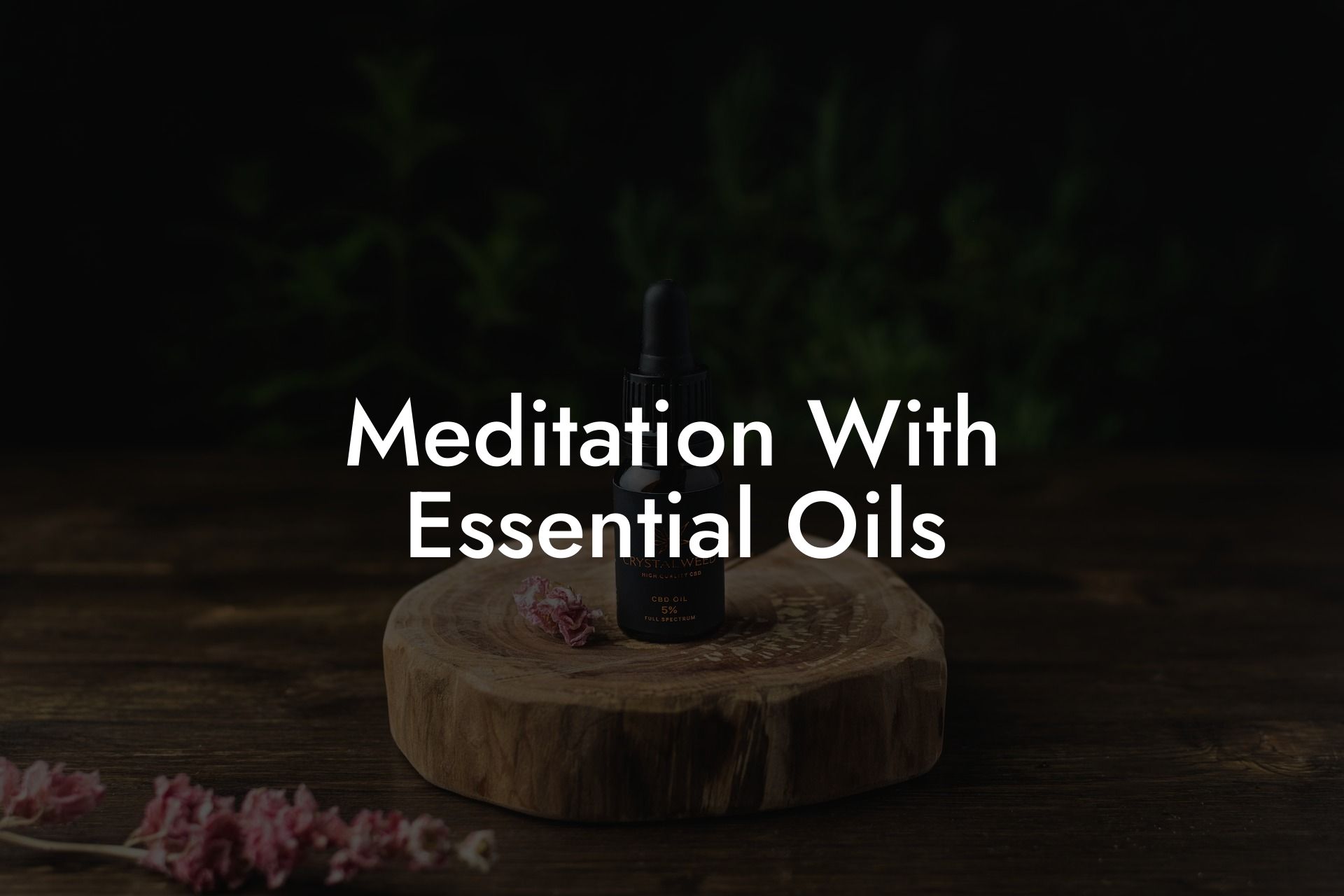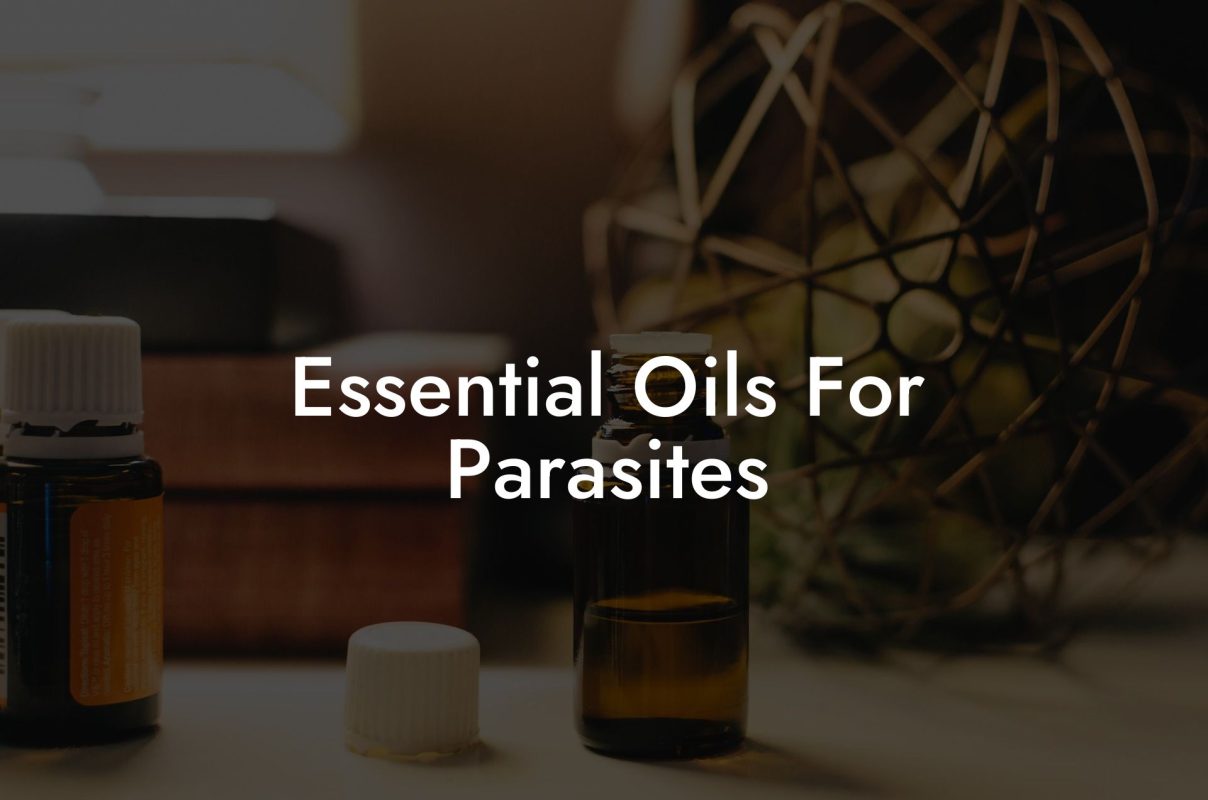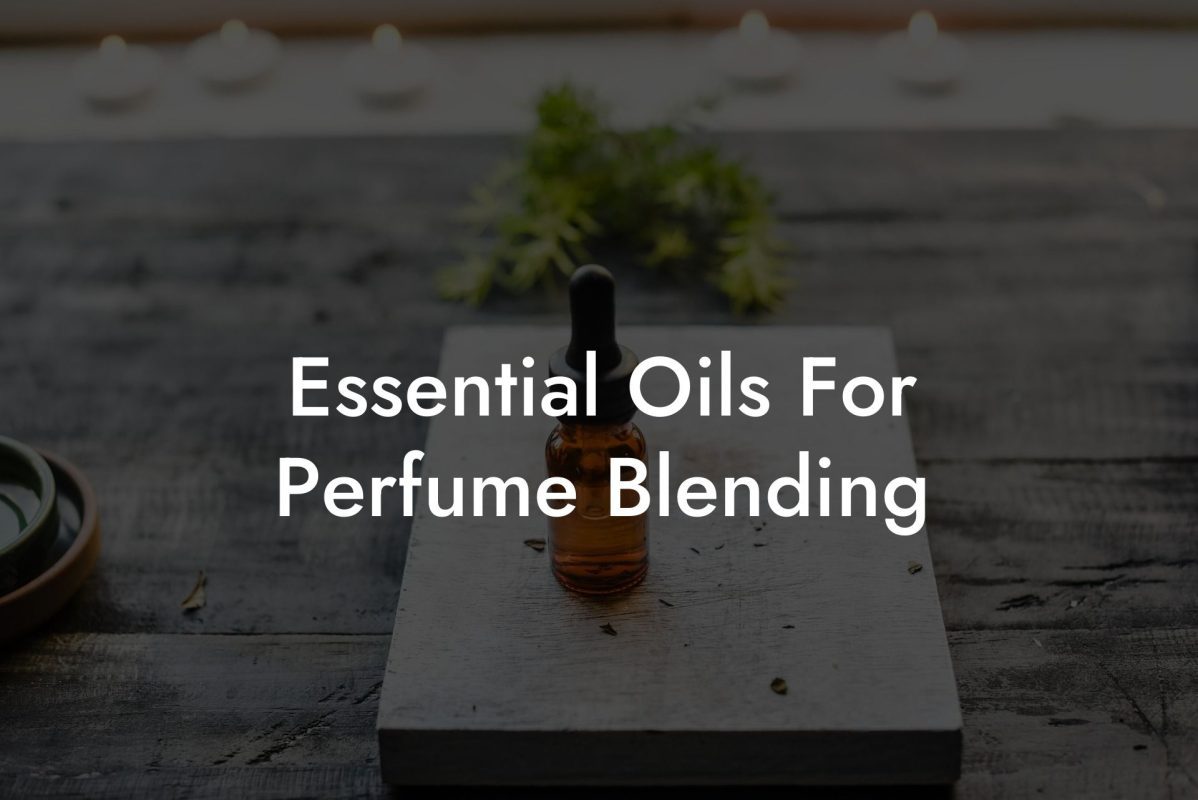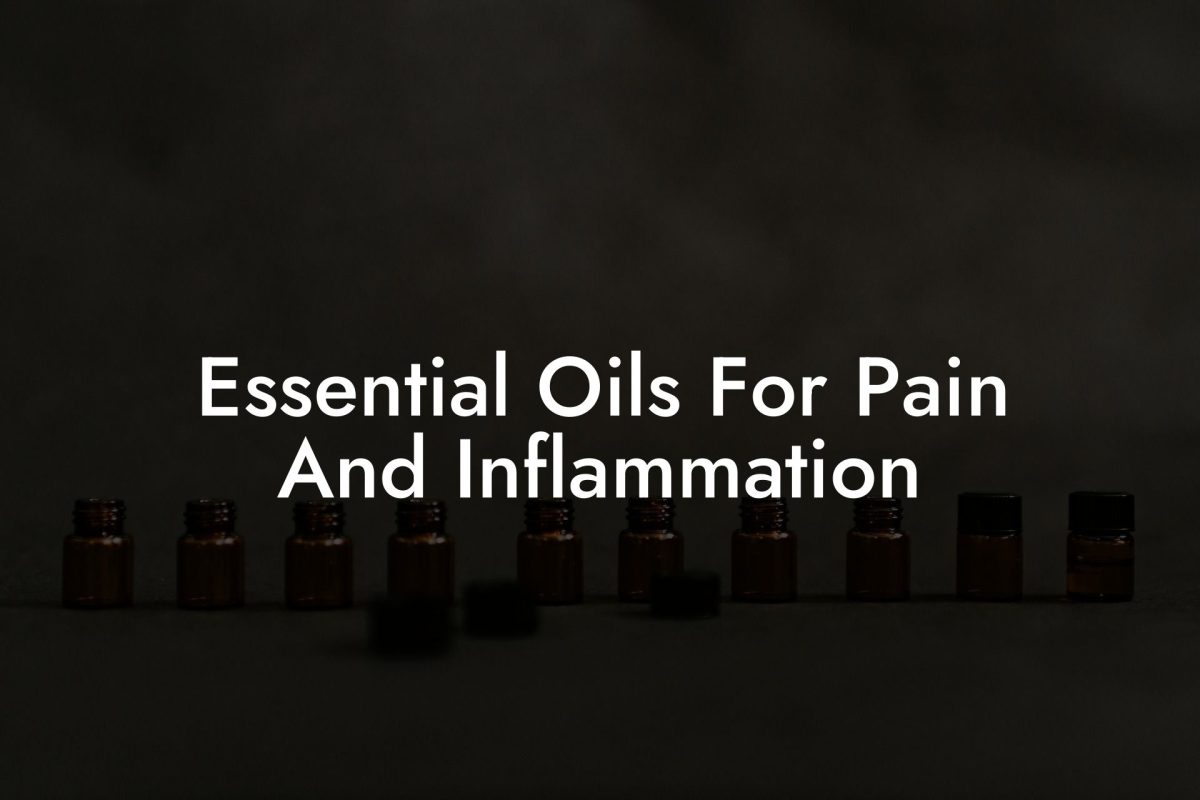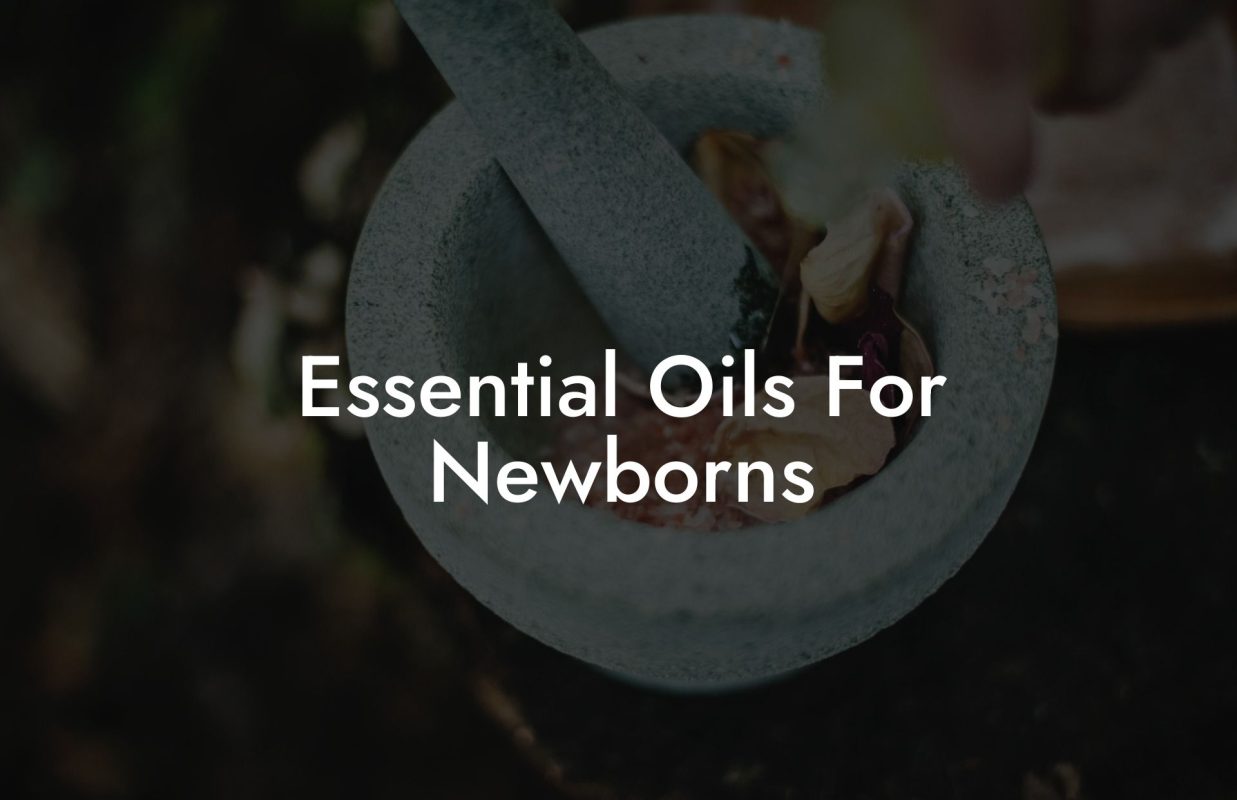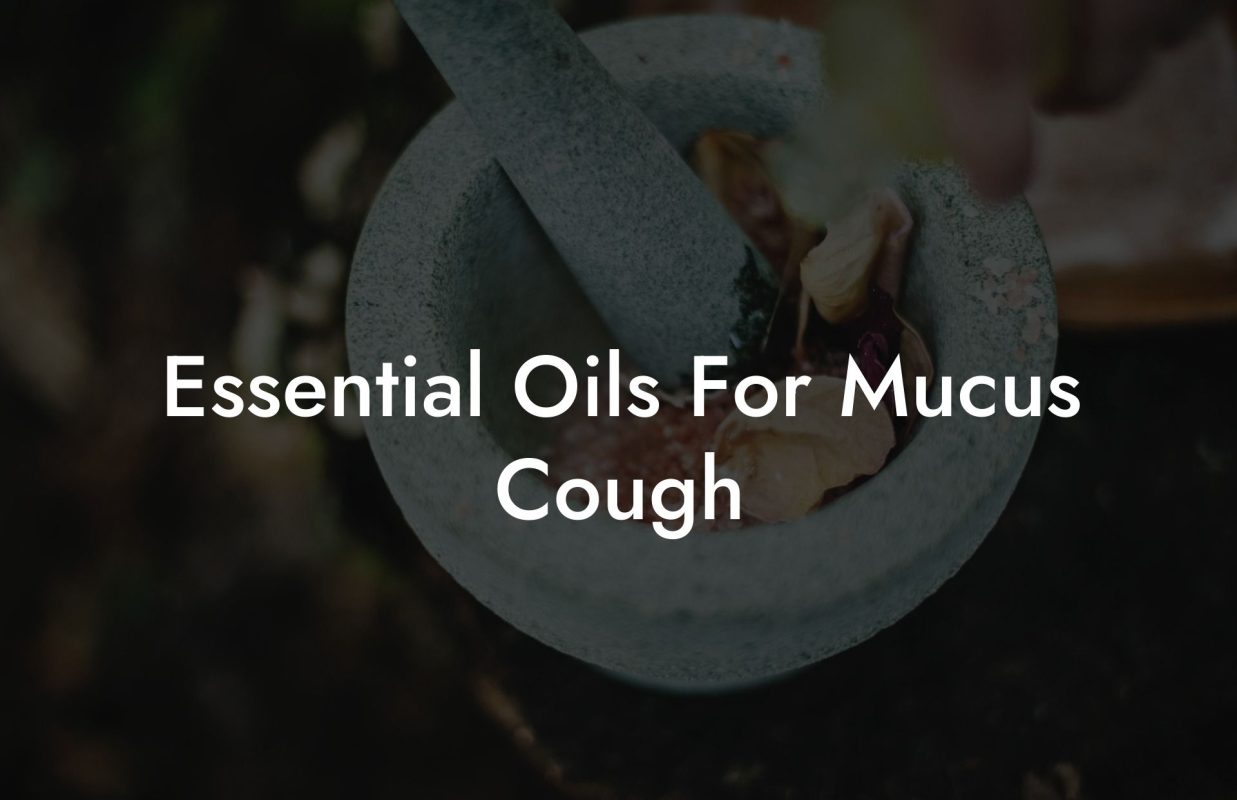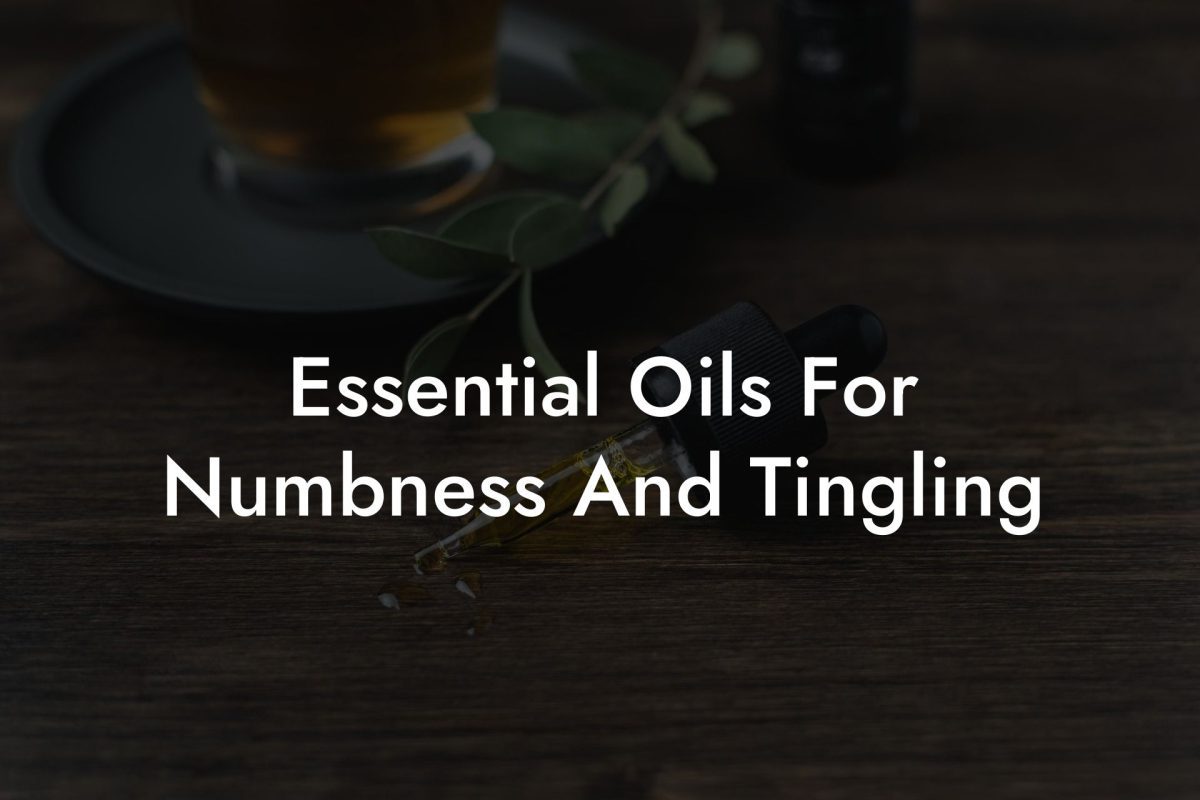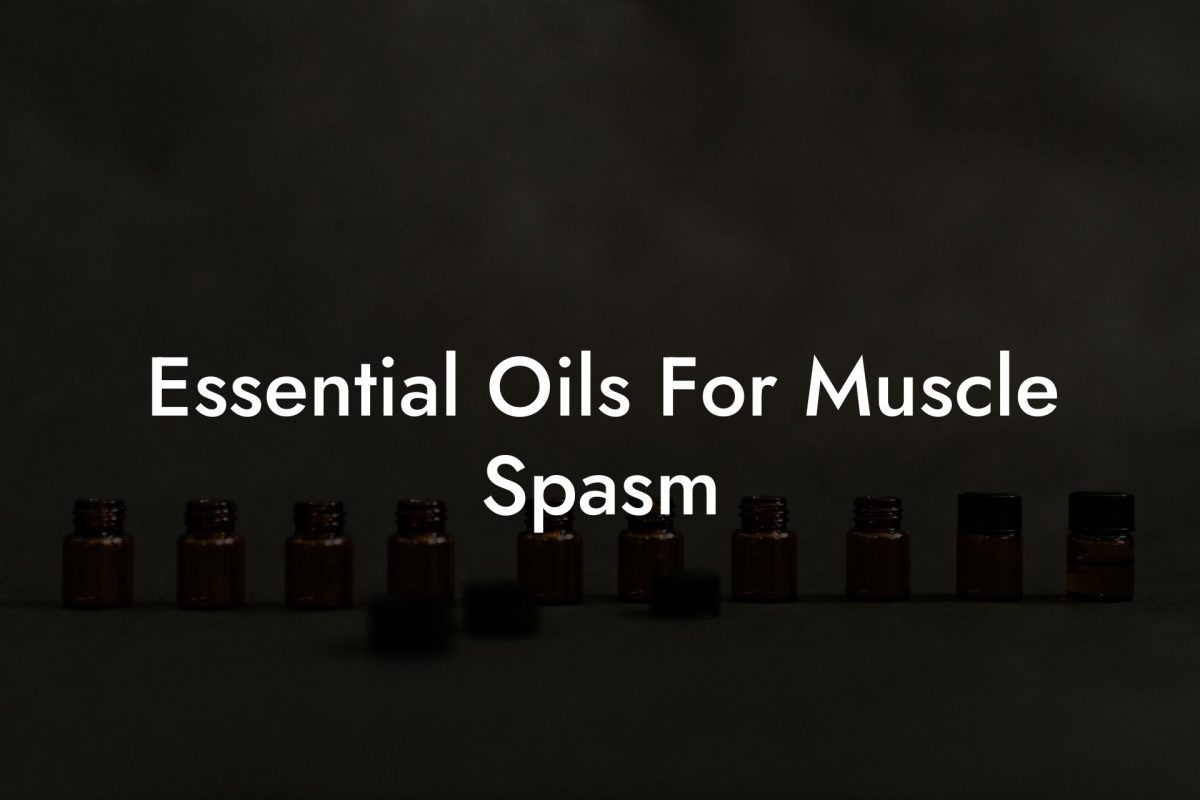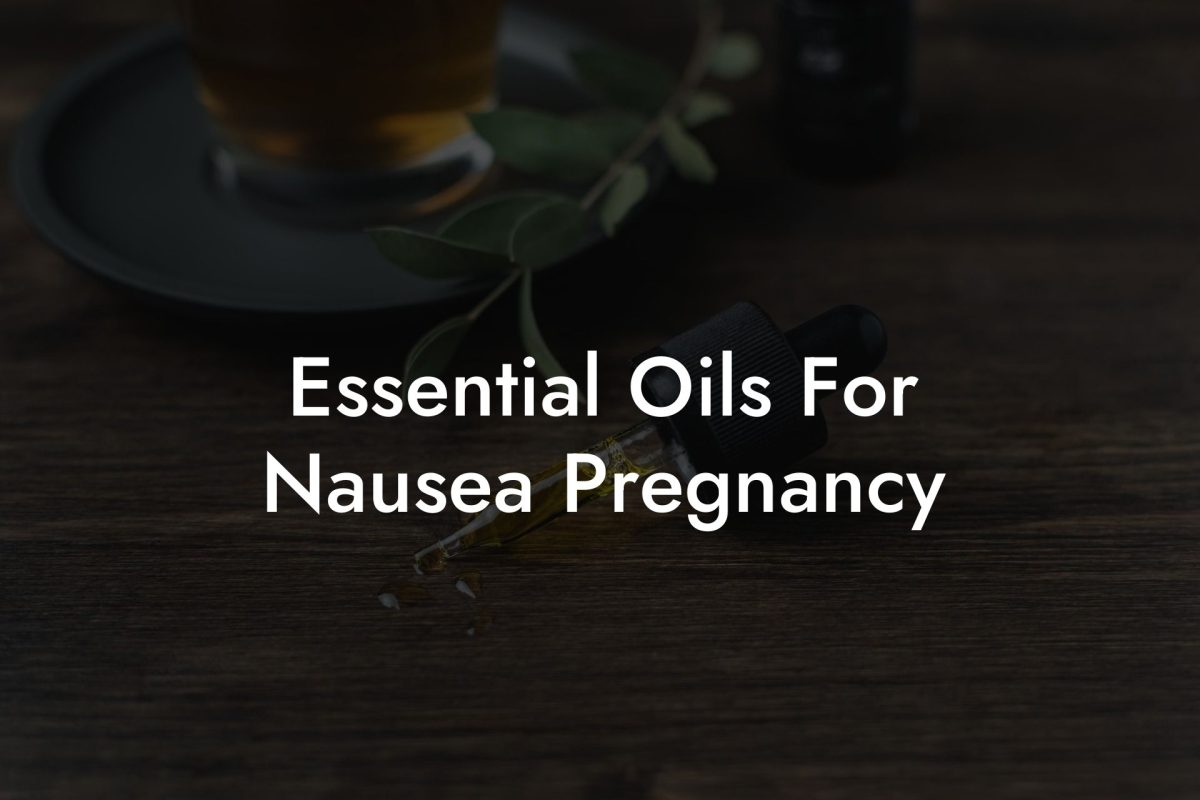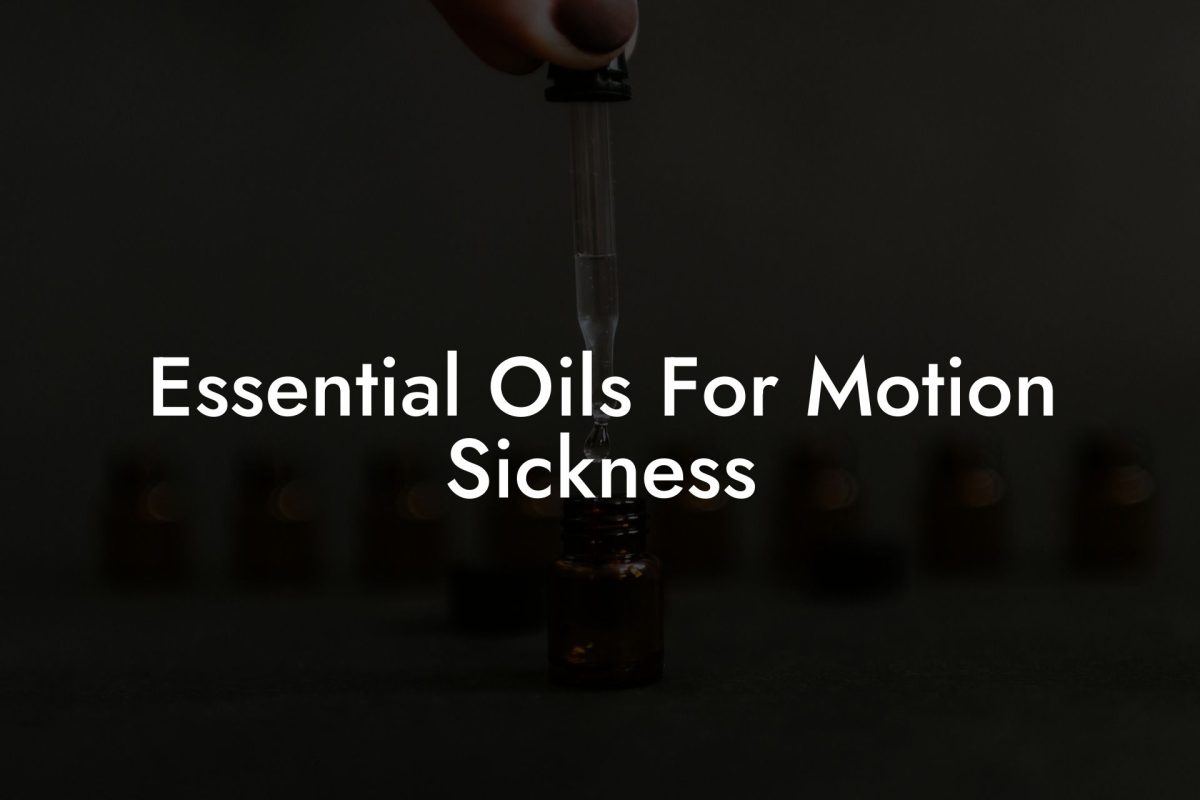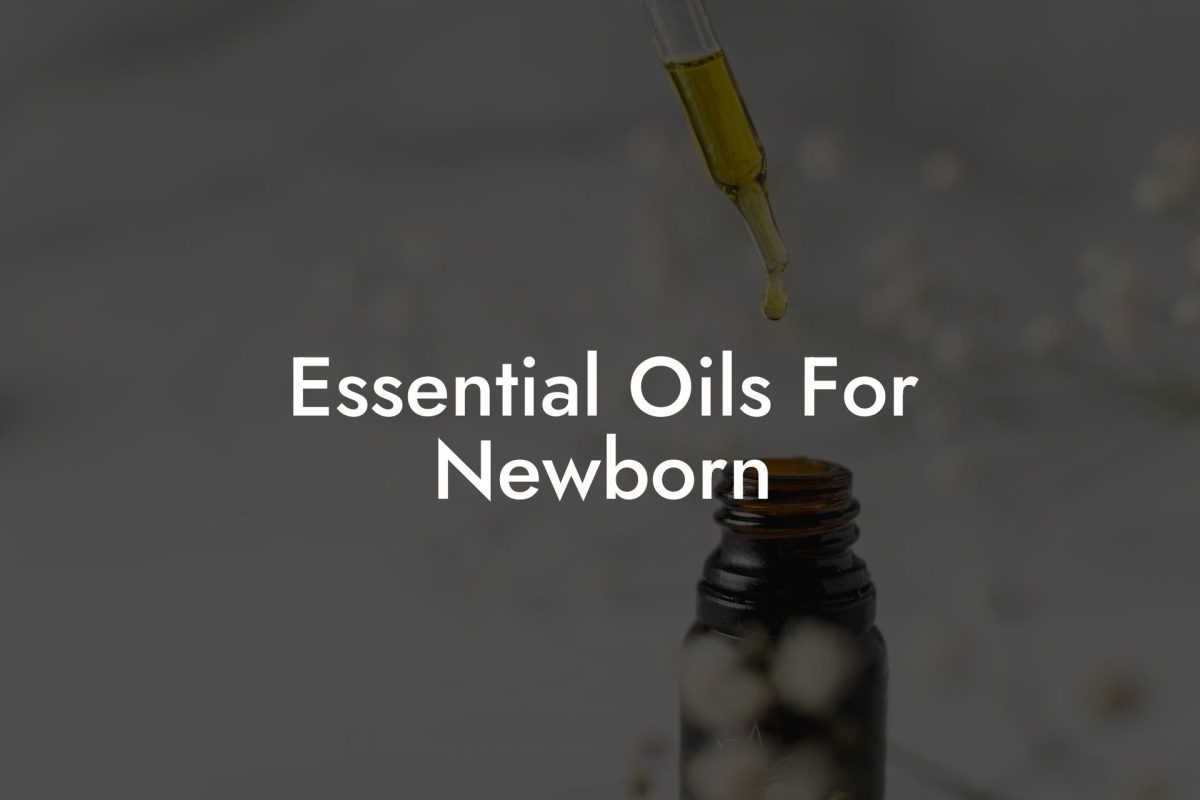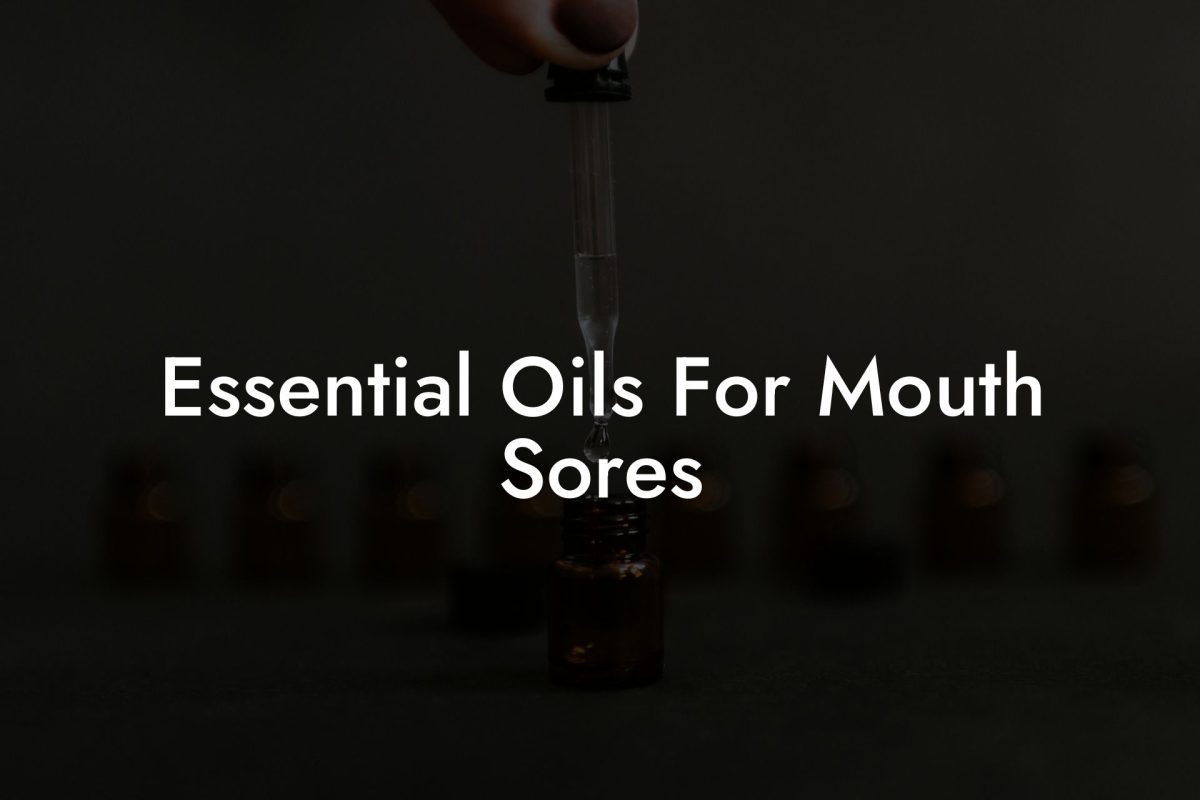Discover the art of combining meditation with essential oils to enhance your mindfulness journey. In this comprehensive guide, we’ll explore how essential oils can intensify your meditation experience, promote deeper relaxation, and help you connect to your inner self.
Table of Contents
Aromacology and Meditation: A Perfect Blend
In today’s fast-paced world, meditation is recognized for its ability to reduce stress, promote relaxation, and enhance overall well-being. Aromacology, the study of the influence of natural plant aromas on human behavior and emotions, complements meditation by providing an additional medium to connect your body, mind, and soul.
Choosing the Right Essential Oils for Meditation
With countless essential oils available, it is essential to select the oils that best align with your meditation goals and personal preferences. Some popular essential oils for meditation include:
- Lavender: Known for its calming and soothing properties, lavender is an excellent choice for promoting relaxation and reducing anxiety.
- Frankincense: This ancient essential oil is well-regarded for its ability to deepen the meditative experience and enhance mental clarity.
- Sandalwood: With its grounding and centering effects, sandalwood is perfect for fostering inner peace and increasing focus.
- Ylang Ylang: Recognized for its ability to lift mood and alleviate emotional stress, ylang ylang is an ideal choice for meditations focused on self-love and emotional healing.
How to Use Essential Oils During Meditation
Incorporate essential oils into your meditation practice using the methods that best accommodate your preferences and lifestyle. Some popular ways to use oils during meditation include:
- Diffusing: Use an essential oil diffuser to fill your meditation space with the desired aromatic blend. This method releases essential oil particles into the air, providing a welcoming atmosphere for your practice.
- Topical Application: Dilute essential oils with a carrier oil and apply to your wrists, temples, or behind your earlobes. This method promotes a more powerful connection between the oil’s aroma and your body’s response.
- Inhalation: Place a drop or two of essential oil onto a cotton ball or handkerchief and take deep breaths, inhaling the aroma before and during your meditation session.
Precautions When Using Essential Oils
As with any holistic practice, it’s crucial to take proper safety measures when incorporating essential oils into your meditation routine:
- Always choose high-quality, pure essential oils.
- Perform a patch test if applying oils topically to check for skin sensitivity.
- Ensure proper ventilation while diffusing essential oils, and never leave a diffuser unattended.
- Consult with a healthcare professional before using essential oils if you are pregnant, nursing, or have any medical conditions.
Meditation With Essential Oils Example:
Imagine yourself in your meditation space, dimly lit, with the gentle hum of your diffuser filling the room with the calming scent of lavender. As you sit comfortably and close your eyes, you take deep, slow breaths, allowing the aroma to envelop you. Each inhale brings you deeper into relaxation, while each exhale releases anxiety and tension. You emerge from meditation feeling renewed and at peace, connected to your inner self and surrounded by the lingering scent of lavender.
As we’ve explored in this comprehensive guide, integrating essential oils into your meditation practice can help enhance your experience, promote relaxation, and foster a deeper connection to your self. Feel free to share this article with fellow meditation enthusiasts, and don’t forget to browse Oshu Oils’ range of artisan essential earth oils to discover the perfect blends for your meditative journey. Together, we can support and inspire one another on the path to mindfulness and well-being.

